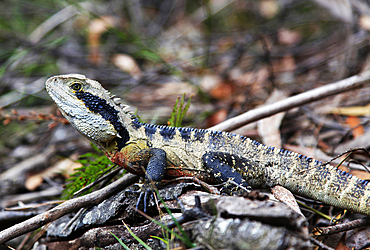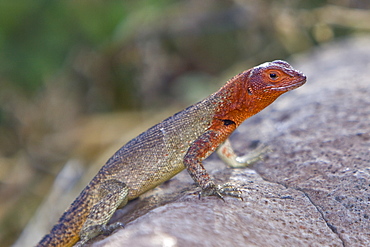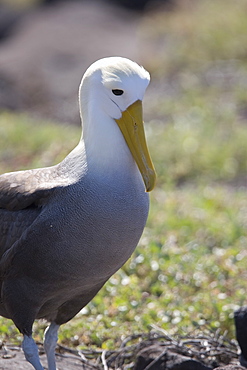Results
« Previous 1 2 3 4
345 results found

Wild Galapagos giant tortoise (Geochelone elephantopus) feeding on the upslope grasslands of Santa Cruz Island, Galapagos, UNESCO World Heritage Site, Ecuador, South America

Galapagos sea lions (Zalophus wollebaeki) hauled out on the beach in the Galapagos Island Archipelago, UNESCO World Heritage Site, Ecuador, South America
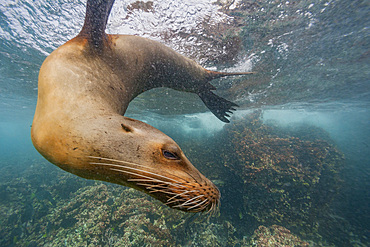
Galapagos sea lion (Zalophus wollebaeki) underwater in the Galapagos Island Archipelago, UNESCO World Heritage Site, Ecuador, South America

Galapagos sea lion (Zalophus wollebaeki) pup and curious bird, Galapagos Island Archipelago, UNESCO World Heritage Site, Ecuador, South America
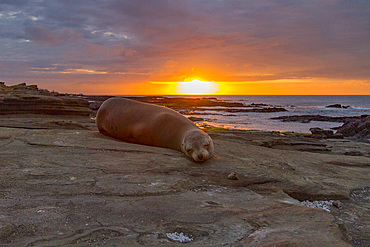
Galapagos sea lion (Zalophus wollebaeki) resting on lava at sunset in the Galapagos Island Archipelago, UNESCO World Heritage Site, Ecuador, South America
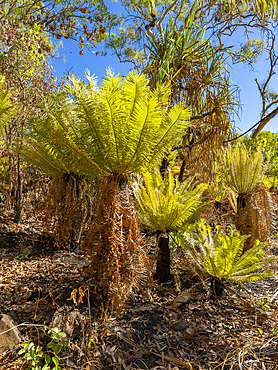
Cycads, a dioecious tree belonging to the order Cycadales found on Bigge Island, Kimberley, Western Australia, Australia, Pacific
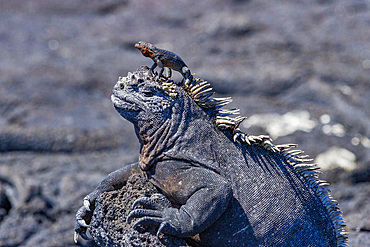
The endemic Galapagos marine iguana (Amblyrhynchus cristatus) with a lava lizard on top of its head, Galapagos, UNESCO World Heritage Site, Ecuador, South America

Adult yellow warbler (Dendroica petechia aureola) in the Galapagos Island Archipelago, UNESCO World Heritage Site, Ecuador, South America
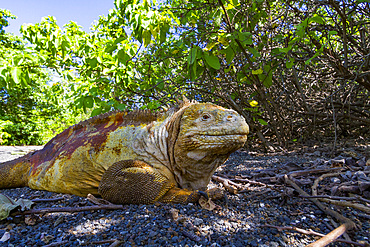
The very colorful Galapagos land iguana (Conolophus subcristatus) in the Galapagos Island Archipelago, UNESCO World Heritage Site, Ecuador, South America

Adult Swallow-tailed gull (Creagrus furcatus) in the Galapagos Island Archipelago, UNESCO World Heritage Site, Ecuador, South America
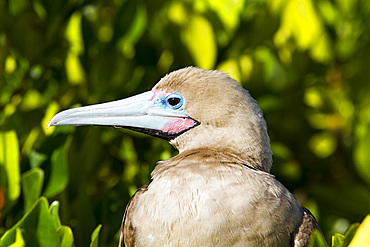
Adult red-footed booby (Sula sula) in the Galapagos Island Archipelago, UNESCO World Heritage Site, Ecuador, South America

Adult South Georgia Pipit (Anthus antarcticus) feeding at low tide on Prion Island, Bay of Isles, South Georgia, Polar Regions

Adult South Georgia Pipit (Anthus antarcticus) feeding at low tide on Prion Island, Bay of Isles, South Georgia, Polar Regions
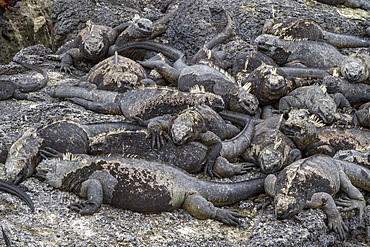
The endemic Galapagos marine iguana (Amblyrhynchus cristatus) in the Galapagos Island Archipelago, UNESCO World Heritage Site, Ecuador, South America
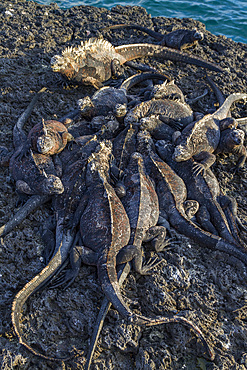
The endemic Galapagos marine iguana (Amblyrhynchus cristatus) in the Galapagos Island Archipelago, UNESCO World Heritage Site, Ecuador, South America
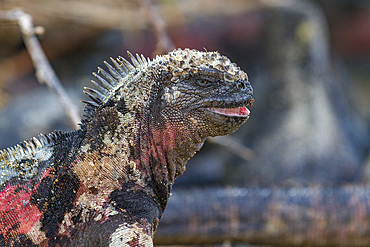
The endemic Galapagos marine iguana (Amblyrhynchus cristatus) on Espanola Island in the Galapagos Islands, UNESCO World Heritage Site, Ecuador, South America
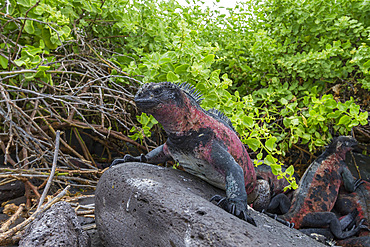
The endemic Galapagos marine iguana (Amblyrhynchus cristatus) on Espanola Island in the Galapagos Islands, UNESCO World Heritage Site, Ecuador, South America
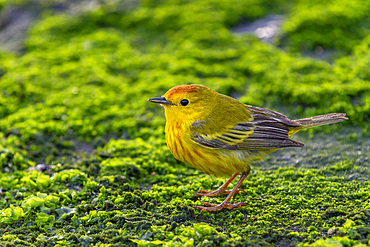
Adult male yellow warbler (Dendroica petechia aureola) in the Galapagos Island Archipelago, UNESCO World Heritage Site, Ecuador, South America

Juvenile great frigatebird (Fregata minor) in the Galapagos Island Archipelago, UNESCO World Heritage Site, Ecuador, South America

Captive Galapagos giant tortoise (Geochelone elephantopus) at the Charles Darwin Research Station, Galapagos, UNESCO World Heritage Site, Ecuador, South America
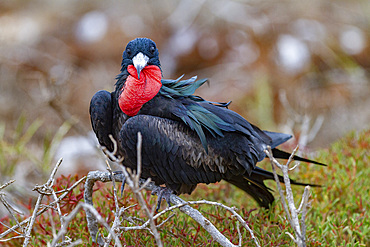
Male great frigatebird (Fregata minor) in breeding plumage in the Galapagos Island Archipelago, UNESCO World Heritage Site, Ecuador, South America
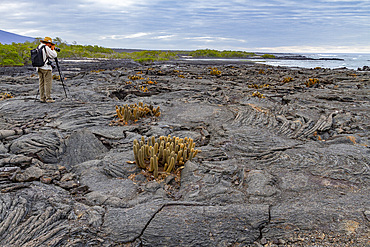
The endemic lava cactus (Brachycereus spp) cactus growing in the Galapagos Island Archipelago, UNESCO World Heritage Site, Ecuador, South America

Tourist photograhing a wild Galapagos giant tortoise (Geochelone elephantopus) feeding on the upslope grasslands of Santa Cruz Island, Galapagos, UNESCO World Heritage Site, Ecuador, South America

Tourist photographing a wild Galapagos giant tortoise (Geochelone elephantopus) feeding on the upslope grasslands of Santa Cruz Island, Galapagos, UNESCO World Heritage Site, Ecuador, South America
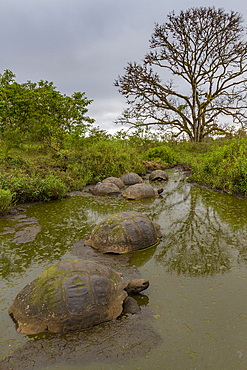
Wild Galapagos giant tortoises (Geochelone elephantopus) feeding on the upslope grasslands of Santa Cruz Island, Galapagos, UNESCO World Heritage Site, Ecuador, South America
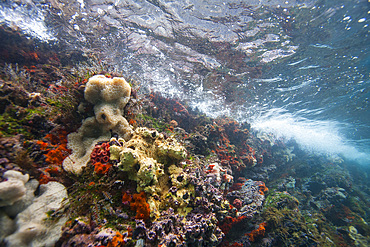
Underwater scenes from the Galapagos Island Archipelago, UNESCO World Heritage Site, Ecuador, South America
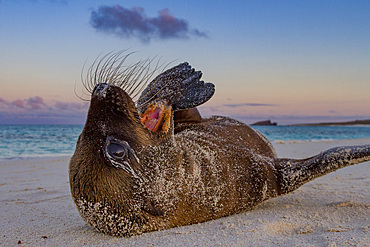
Galapagos sea lion (Zalophus wollebaeki) pup in the Galapagos Island Archipelago, UNESCO World Heritage Site, Ecuador, South America
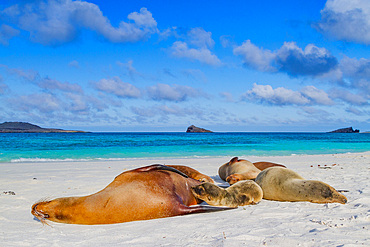
Galapagos sea lion (Zalophus wollebaeki) pup nursing in the Galapagos Island Archipelago, UNESCO World Heritage Site, Ecuador, South America

Adult South Georgia pipit (Anthus antarcticus) feeding at low tide on Prion Island, Bay of Isles, South Georgia, Polar Regions

Microbats constitute the suborder Microchiroptera, found in a sandstone crevice on Bigge Island, Kimberley, Western Australia, Australia, Pacific
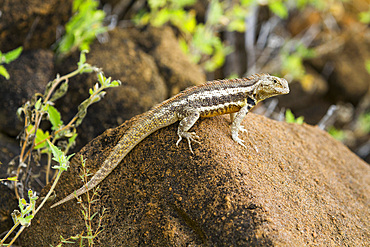
Lava lizard (Microlophus spp) in the Galapagos Islands Archipelago, UNESCO World Heritage Site, Ecuador, South America

Lava lizard (Microlophus spp) in the Galapagos Islands Archipelago, UNESCO World Heritage Site, Ecuador, South America
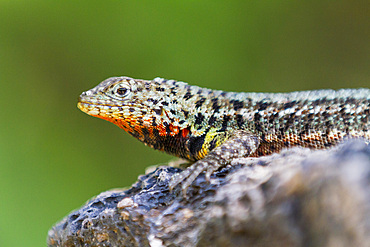
Lava lizard (Microlophus spp) in the Galapagos Islands Archipelago, UNESCO World Heritage Site, Ecuador, South America
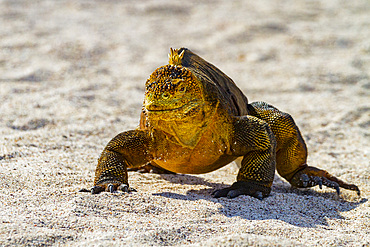
The very colorful Galapagos land iguana (Conolophus subcristatus) in the Galapagos Island Archipelago, UNESCO World Heritage Site, Ecuador, South America
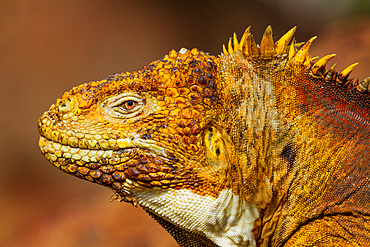
The very colorful Galapagos land iguana (Conolophus subcristatus) in the Galapagos Island Archipelago, UNESCO World Heritage Site, Ecuador, South America
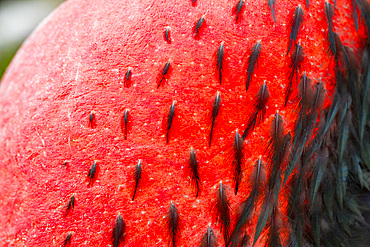
Male Great frigatebird (Fregata minor) in breeding plumage with red gular pouch, on North Seymour Island, Galapagos Islands, UNESCO World Heritage Site, Ecaudor, South America
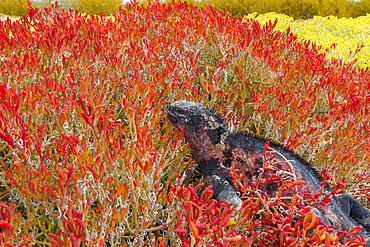
The endemic Galapagos marine iguana (Amblyrhynchus cristatus) on Espanola Island in the Galapagos Islands, UNESCO World Heritage Site, Ecuador, South America
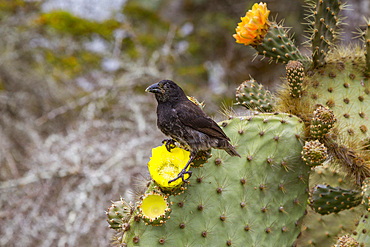
Adult cactus finch (Geospiza scandens), one of the 15 species of Darwin's finches, on Isla Santa Cruz, Galapagos Island Archipelago, UNESCO World Heritage Site, Ecuador, South America

Adult Galapagos flycatcher (Large-billed flycatcher) (Myiarchus magnirostris) in the Galapagos Island Archipelago, UNESCO World Heritage Site, Ecuador, South America

Galapagos penguin (Spheniscus mendiculus) hauled out on Isabela Island in the Galapagos Island Archipelago, UNESCO World Heritage Site, Ecuador, South America
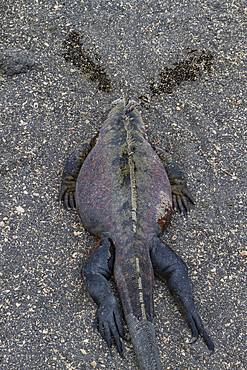
The endemic Galapagos marine iguana (Amblyrhynchus cristatus) in the Galapagos Island Archipelago, UNESCO World Heritage Site, Ecuador, South America
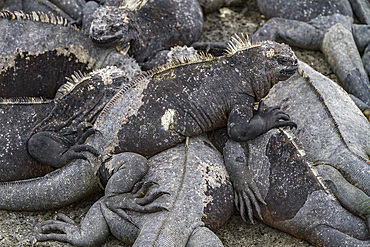
The endemic Galapagos marine iguana (Amblyrhynchus cristatus) in the Galapagos Island Archipelago, UNESCO World Heritage Site, Ecuador, South America

Adult South Georgia Pipit (Anthus antarcticus) feeding at low tide on Prion Island, Bay of Isles, South Georgia, Polar Regions

Captive Cuban crocodile (Crocodylus rhombifer), a small species of crocodile endemic to Cuba, West Indies, Central America

A large male Black Ctenosaur (Iguana negra) with parasitic ticks, a lizard species endemic to Central and South America, Nosara, Nicoya Peninsula, Guanacaste Province, Costa Rica, Central America
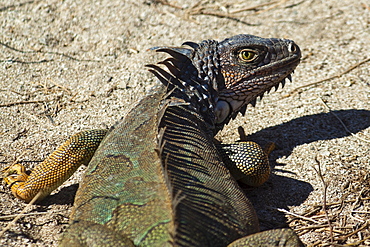
A large male Green Iguana, a lizard species endemic to Central and South America, Nosara, Nicoya Peninsula, Guanacaste Province, Costa Rica, Central America

A South Georgia Pintail, Anas georgica georgica, a small species of duck that is endemic too and only found on South Georgia, Southern Ocean.

Adult Galapagos hawk (Buteo galapagoensis) in the Galapagos Island Group, Ecuador. This raptor species is endemic to the Galapagos Islands. Pacific Ocean.

Lava lizard (Microlophus spp) in the Galapagos Island Archipeligo, Ecuador. Many of the islands within the Galapagos Island Archipeligo have their own endemic species.

Lava lizard (Microlophus spp) in the Galapagos Island Archipeligo. Many of the islands within the Galapagos Island Archipeligo have their own endemic species.
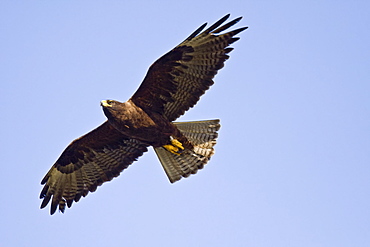
Adult Galapagos hawk (Buteo galapagoensis) in the Galapagos Island Group, Ecuador. This raptor species is endemic to the Galapagos Islands. Pacific Ocean.

Lava lizard (Microlophus spp) in the Galapagos Island Archipeligo. Many of the islands within the Galapagos Island Archipeligo have their own endemic species.

Young Galapagos hawk (Buteo galapagoensis) in the Galapagos Island Archipelago, Ecuador. MORE INFO This raptor species is endemic to the Galapagos Islands.

Lava lizard (Microlophus spp) in the Galapagos Island Archipeligo. Many of the islands within the Galapagos Island Archipeligo have their own endemic species.
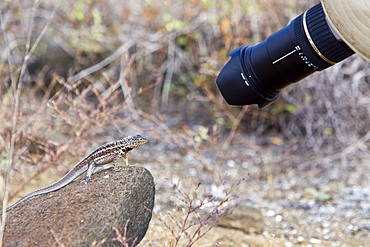
Lava lizard (Microlophus spp) in the Galapagos Island Archipeligo, Ecuador. Many of the islands within the Galapagos Island Archipeligo have their own endemic species.
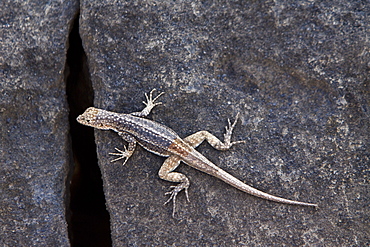
Lava lizard (Microlophus spp) in the Galapagos Island Archipeligo, Ecuador. MORE INFO: Many of the islands within the Galapagos Island Archipeligo have their own endemic species.
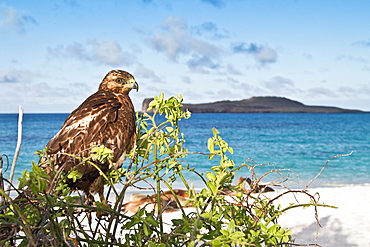
Young Galapagos hawk (Buteo galapagoensis) in the Galapagos Island Archipelago, Ecuador. MORE INFO This raptor species is endemic to the Galapagos Islands.

Adult waved albatross (Diomedea irrorata) on Espanola Island in the Galapagos Island Group, Ecuador. Pacific Ocean. This species of albatross is endemic to the Galapagos Islands.
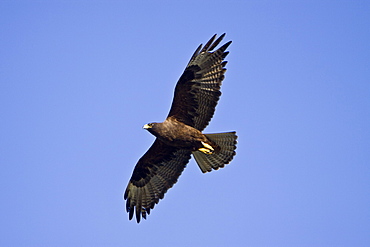
Adult Galapagos hawk (Buteo galapagoensis) in the Galapagos Island Group, Ecuador. This raptor species is endemic to the Galapagos Islands. Pacific Ocean.

Yellow-footed Gull (Larus livens) with a fishing hook and line embedded in its leg in the Gulf of California (Sea of Cortez), Mexico. This species is enedemic to the Gulf of California.

Adult Yellow-footed Gull (Larus livens) with creolefish in the Gulf of California (Sea of Cortez), Mexico. This species is enedemic to the Gulf of California.
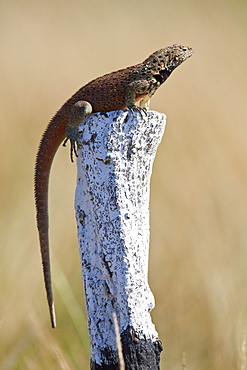
Lava lizard (Microlophus spp) on a trail marker in the Galapagos Island Archipeligo, Ecuador. MORE INFO: Many of the islands within the Galapagos Island Archipeligo have their own endemic species.

Yellow-footed Gull (Larus livens) in flight at sunset in the Gulf of California (Sea of Cortez), Mexico. MORE INFO: This species is enedemic to only the Gulf of California.
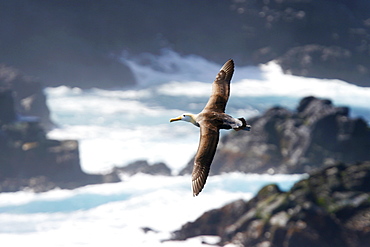
Adult waved albatross (Diomedea irrorata) in flight on Espanola Island in the Galapagos Island Group, Ecuador. Pacific Ocean. This species of albatross is endemic to the Galapagos Islands. (RR)
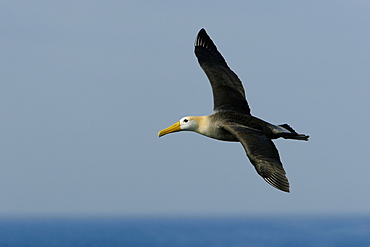
Adult waved albatross (Diomedea irrorata) in flight on Espanola Island in the Galapagos Island Group, Ecuador. Pacific Ocean. This species of albatross is endemic to the Galapagos Islands.

Yellow-footed Gull (Larus livens) on nest on Isla San Esteban in the Gulf of California (Sea of Cortez), Mexico. This species is enedemic to the Gulf of California.

Adult Galapagos penguin (Spheniscus mendiculus) in the Galapagos Island Group, Ecuador. This is the only species of penguin in the northern hemisphere and is endemic to the Galapagos only.
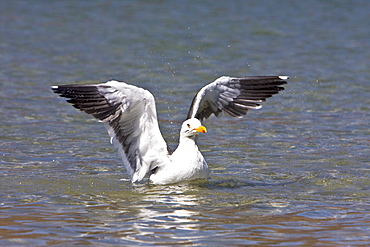
Yellow-footed Gull (Larus livens) in the Gulf of California (Sea of Cortez), Mexico. This species is enedemic to only the Gulf of California.

Yellow-footed Gull (Larus livens) in the Gulf of California (Sea of Cortez), Mexico. This species is enedemic to only the Gulf of California.

Yellow-footed Gull (Larus livens) in the Gulf of California (Sea of Cortez), Mexico. This species is enedemic to the Gulf of California.
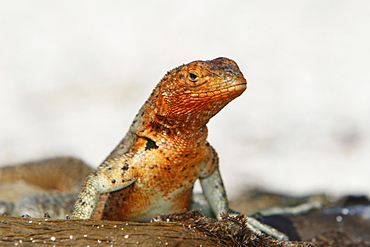
Lava lizard (Microlophus spp) in the Galapagos Island Archipeligo. Many of the islands have their own endemic species.

Adult waved albatross (Diomedea irrorata) head detail on Espanola Island in the Galapagos Island Group, Ecuador. Pacific Ocean. This species of albatross is endemic to the Galapagos Islands.
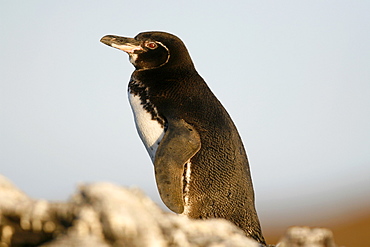
Adult Galapagos penguin (Spheniscus mendiculus) in the Galapagos Island Group, Ecuador. This is the only species of penguin in the northern hemisphere and is endemic to the Galapagos only.
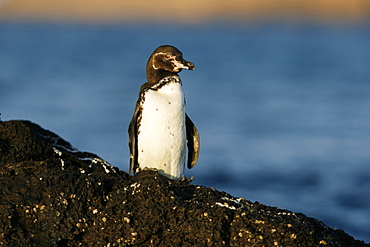
Adult Galapagos penguin (Spheniscus mendiculus) in the Galapagos Island Group, Ecuador. This is the only species of penguin in the northern hemisphere and is endemic to the Galapagos only.

Lava lizard (Microlophus spp) in the Galapagos Island Archipeligo, Ecuador. MORE INFO: Many of the islands within the Galapagos Island Archipeligo have their own endemic species.

Adult waved albatross (Diomedea irrorata) on Espanola Island in the Galapagos Island Group, Ecuador. Pacific Ocean. This species of albatross is endemic to the Galapagos Islands.

Adult waved albatross (Diomedea irrorata) in flight on Espanola Island in the Galapagos Island Group, Ecuador. Pacific Ocean. This species of albatross is endemic to the Galapagos Islands.
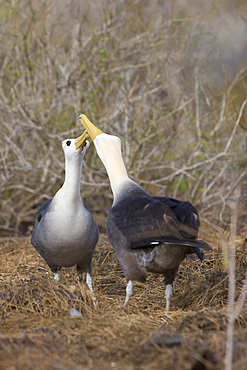
Adult waved albatross (Diomedea irrorata) on Espanola Island in the Galapagos Island Group, Ecuador. Pacific Ocean. This species of albatross is endemic to the Galapagos Islands.

Yellow-footed Gull (Larus livens) in flight at sunset in the Gulf of California (Sea of Cortez), Mexico. MORE INFO: This species is enedemic to only the Gulf of California.

Lava lizard (Microlophus spp) in the Galapagos Island Archipeligo, Ecuador. Many of the islands within the Galapagos Island Archipeligo have their own endemic species.
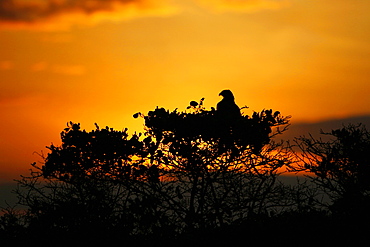
Adult Galapagos hawk (Buteo galapagoensis) in its nest at sunset in the Galapagos Island Group, Ecuador. This raptor species is endemic to the Galapagos Islands. Pacific Ocean.

Yellow-footed Gull (Larus livens) in the Gulf of California (Sea of Cortez), Mexico. This species is enedemic to only the Gulf of California.

Lava lizard (Microlophus spp) in the Galapagos Island Archipeligo. Many of the islands within the Galapagos Island Archipeligo have their own endemic species.

Lava lizard (Microlophus spp) in the Galapagos Island Archipeligo, Ecuador. MORE INFO: Many of the islands within the Galapagos Island Archipeligo have their own endemic species.
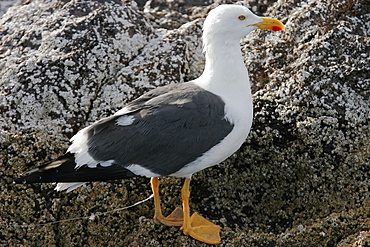
Yellow-footed Gull (Larus livens) with a fishing hook and line embedded in its leg in the Gulf of California (Sea of Cortez), Mexico. This species is enedemic to the Gulf of California.
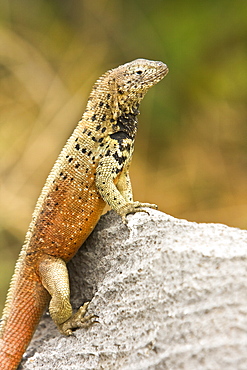
Lava lizard (Microlophus spp) in the Galapagos Island Archipeligo. Many of the islands within the Galapagos Island Archipeligo have their own endemic species.
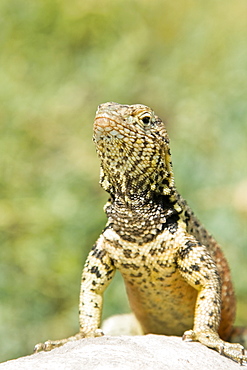
Lava lizard (Microlophus spp) in the Galapagos Island Archipeligo. Many of the islands within the Galapagos Island Archipeligo have their own endemic species.
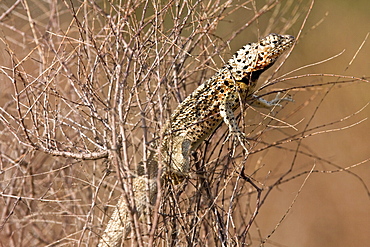
Lava lizard (Microlophus spp) in the Galapagos Island Archipeligo, Ecuador. Many of the islands within the Galapagos Island Archipeligo have their own endemic species.
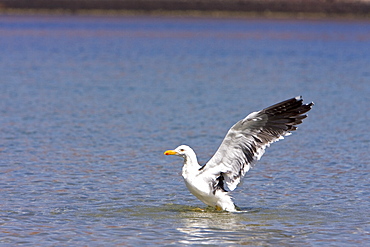
Yellow-footed Gull (Larus livens) in the Gulf of California (Sea of Cortez), Mexico. This species is enedemic to only the Gulf of California.

Lava lizard (Microlophus spp) in the Galapagos Island Archipeligo. Many of the islands have their own endemic species.
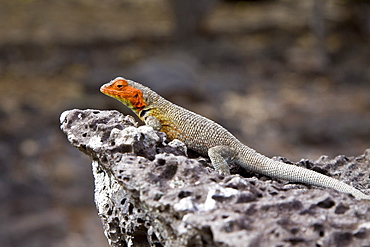
Lava lizard (Microlophus spp) in the Galapagos Island Archipeligo, Ecuador. Many of the islands within the Galapagos Island Archipeligo have their own endemic species.
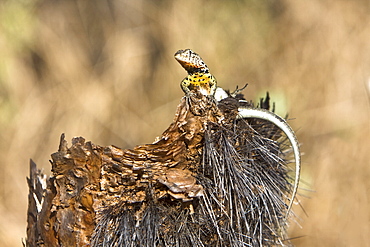
Lava lizard (Microlophus spp) in the Galapagos Island Archipeligo. Many of the islands within the Galapagos Island Archipeligo have their own endemic species.

Yellow-footed Gull (Larus livens) in the Gulf of California (Sea of Cortez), Mexico. This species is enedemic to only the Gulf of California.
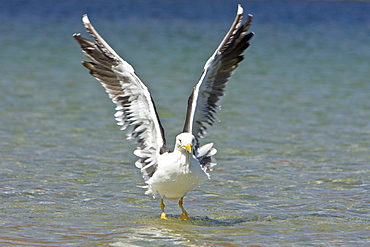
Yellow-footed Gull (Larus livens) in the Gulf of California (Sea of Cortez), Mexico. This species is enedemic to only the Gulf of California.
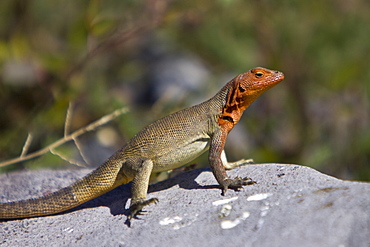
Lava lizard (Microlophus spp) in the Galapagos Island Archipeligo, Ecuador. Many of the islands within the Galapagos Island Archipeligo have their own endemic species.

Yellow-footed Gull (Larus livens) in the Gulf of California (Sea of Cortez), Mexico. This species is enedemic to the Gulf of California.

Lava lizard (Microlophus spp) in the Galapagos Island Archipeligo. Many of the islands within the Galapagos Island Archipeligo have their own endemic species.
